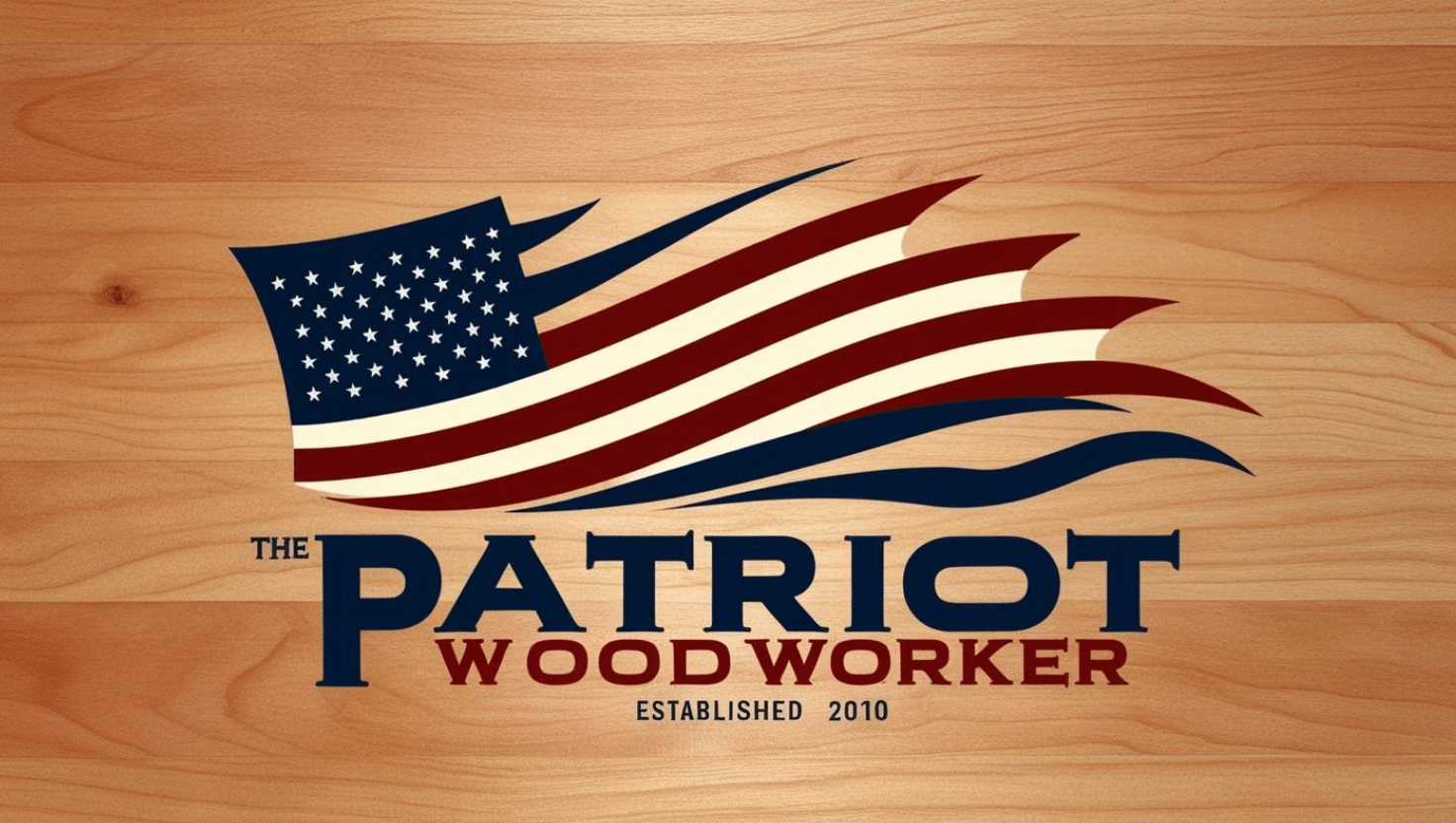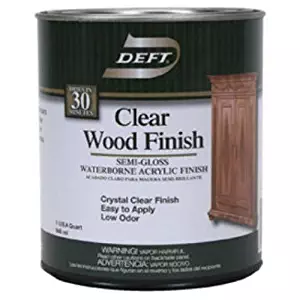Search the Community
Showing results for tags 'deft'.
-
Interesting article came across my feed this morning https://www.popularwoodworking.com/editors-blog/watco-waterlox-and-deft-are-known-by-their-brand-names-alone/?utm_content=buffere7d88&utm_medium=social&utm_source=facebook.com&utm_campaign=buffer&fbclid=IwAR3kn-ONW0oZr0mDJMZ0EQG4LIxZZ-WdB30d7VQzFejf1viTl8Ed85Ny4Mg Couple of comments: Watco. It has gone through a number of owners since the original, Watco-Dennis was sued because some idiot burned down his house due to spontaneous combustion of the rags and sued them. The last I looked at the SDS it was roughly 2/3 mineral spirits, 2/9 linseed oil, and 1/9 varnish. Some versions have coloring added. Waterlox. If you look at their web site, they consistently talk about "tung oil" almost everywhere except for one obscure page that says something like "What we make is a varnish. It has always been a varnish." They have some new lines of products that I've not looked into nor used yet. So maybe that has disappeared." Deft has introduced a new line of waterborne finishes and the top line is still "Deft Clear Wood Finish" and you have to read the tertiary lines to determine if it's the solvent- or water-borne versions. Ripe for one of those clickbait, "Only 4% of people can pass this test, can you?"
-
Today we look at another type of common finish – Lacquer The Product Lacquer became popular right after WWI and was a derivative of the gunpowder manufacturing process (with declining demand). It was deemed to be the perfect finish, at least relative to what was currently available. Typically called “nitrocellulose lacquer” (NC lacquer) it also usually has some other resins added. It's definitely worth adding to your finishing arsenal, especially if you can spray and have good ventilation. The resins are dissolved in a product called lacquer thinner. While it’s called a “thinner” it contains three components · Active solvents (do the brunt of the work dissolving the resins) · Latent solvents (help but are not totally effective by themselves) · Dilutents (thin and add little to no function other than to dilute) There is not a standard formula for lacquer thinner, so it depends on the manufacturer, desired characteristics (faster or slower evaporating, cheaper, etc.) There are over 20 different chemicals that can be mixed to make a lacquer thinner. There are lots of varieties of lacquers from simple lacquers, CAB lacquers, pre-catalyzed, post-catalyzed, auto lacquers, etc. Catalysts help make a stronger finish. Pre-cat is done in the can when you buy it. Post-cat comes in two cans which you add the catalyst just prior to use. Lacquer cures by evaporation of the thinner and will re-dissolve in it. Compare this with varnish that once cured, will not re-dissolve in mineral spirits. As a benefit, when you apply multiple applications of a lacquer, it melts into the lower layers and becomes in essence, one layer. Compare this with a varnish where the layers remain separate. What this also means is that you can apply a coat of lacquer over a clean and sound factory finish and it will bond just fine. It also means if you spill solvent (big culprit is fingernail polish remover, because fingernail polish is often lacquer-based). Lacquers are the most common finish used in production furniture and cabinetry. In over 10,000 pieces I’ve worked on, I can count on one hand those that were not some type of lacquer. Characteristics Lacquers are a fast drying and hard finish. It's easy to complete the finishing in less than a day. Pros: · Very fast drying (good for production work, spray and 30 minutes later package up, also means dust is less of a problem) · Very fast application when spraying, you can finish a piece of furniture in less than a couple of minutes · Drying rate can be controlled by selection of thinners used · Color from perfectly clear (known as “water white”) to amber, depending on resins · Hardness facilitates rubbing out to a high gloss sheen (or any other sheen) · Available in sheens from no sheen to high sheen · Easy to repair (good for manufacturers and delivery companies to correct transit damage) · Easy to strip · Compatible with glazes, fillers, and toners (lacquer with dye or pigment added) Cons · Noxious fumes, especially when spraying Not as much resistance to water and chemicals (acids, alkali, solvents) as varnishes Application Like most finishes, there are three ways to apply lacquers: Spray Since it dries so fast, most lacquers are sprayed. Because of the fumes, ventilation is important. Spray on coats overlapping half as you go. It is not necessary for each coat to fully dry before adding another coat. Air movement will help the evaporation of the solvents. When I’m doing touch up, I frequently use a hair dryer on the cooler setting to accelerate the curing. Lacquers are also commonly available in aerosol cans for small jobs. Brush Most lacquer dry to0 fast to brush. But when slower-drying solvents are used, they are slow enough to brush. Deft Wood Finish and Watco Lacquer are two commonly available brands. Fairly simple to brush, just get it on and don’t keep back going over it. “Slower drying” means 30 minutes, not 5 hours. Clean the brush with lacquer thinner. Cloth There is a “Padding Lacquer” that is designed to be wiped on. I believe it’s largely used for touch up and repair as it does not have much build. And often it’s shellac with a lacquer thinner type solvent. Adjusting sheen Because a lacquer finish is hard, it is easy to adjust a sheen by rubbing with steel wool, Scotch-Brite pads, various abrasive compounds. You can get a see-your-nosehairs high gloss sheen by using successive grits of polishing compounds. Auto compounds that you can find at auto parts stores work well. You can also buff with a lamb's wool buffer and "swirl remover compound" Fixing Goofs Drips and runs are easy to repair. Let them harden, sand or scrape level and apply another application which will dissolve and blend into one coat. Another common problem is blushing. This occurs in hot & humid conditions where the water vapor gets trapped in the finish while the solvents evaporate. You can either wait for a drier day to apply another coat, spray on a slower drying lacquer thinner that is sometimes sold in aerosol cans as “no blush” or “blush eliminator.” Packing marks occur when some packaging (foam, plastic sheet, cardboard) is in contact with the finish before it fully dries. Happens when the factory is a bit too anxious to box it up and send it out. Usually light abrasion and perhaps another light coat will remove the marks and return a good finish. When rubberized pads (such as those on the bottom of clock radios, lamps, etc.)are in contact with lacquer, the chemicals that keep the pad soft and flexible migrate into the finish and do the same there. This is called "plasticizer migration." The cure is to abrade out the damage and re-coat. In severe cases the finish may be damaged down the bare wood. In this case, touch up including restoring the color and layers of lacquer will usually work. Strip and refinish might be needed in extreme cases.





